The Big Question! Is it worth getting an ATX v3.0 PSU now?
Everyone has been asking me lately why I should bother buying an ATX v3.0 PSU when the ATX v3.1 spec is out. This is because they cannot understand that the main difference between these two specs is just a PCB header on the PSU’s modular panel, which is super easy to replace. I have already written many details about the new and previous ATX specs, which you will find in the articles below, but I will make things easier for you to understand in today’s article!
- Will my ATX v3.0 PSU or GPU be compatible with 12V-2×6? Do I need a new cable/PSU/GPU? Here’s everything you need to know!
- ATX v3.1 & PCIe CEM 5.1 are official!
Short Reply
Actually, many ATX v3.0 PSUs already have a 12V-2×6 header instead of the 12VHPWR one. They don’t advertise it for two reasons:
- Any old stock left will not be sold if the product has been revised or if it advertises that it is ATX v3.1 instead of v3.0!
- The cost of changing the packaging, marketing material, etc., is high enough to wait for the right time to make the change.
The Connecting Cable is the SAME
Another detail that most users are unaware of is that the cable remains the same! There is no change to the cable connecting the PSU’s 12+4 pin (or 2x 8pins) to the graphics card’s 12+4 pin header! To provide you with the whole picture, there is one difference: the naming scheme! Instead of 12VHPWR cable, it is now called 12V-2×6 cable! Crazy right? I know! It is super crazy, but it is what it is!
ATX v3.1 Statement about 12+4 pin header on the PSU
This is a part of the ATX v3.1 spec, clearly stating that the 12V-2×6 PCB header is optional for modular PSUs! The same applies to non-modular PSUs, of course, where the high-power cable is soldered to the PSU’s PCB directly.
ATX v3.0 requirements are tougher than ATX v3.1!
To make matters even worse for potential buyers, with the only exception of the 12V-2×6 header (for PSUs that have it since Intel doesn’t make it clear whether a PSU should have it or not, or it is good to go with a 2x 8pin also, it only mentions that the graphics card must have a 12V-2×6 header), the ATX v3.1 spec is looser than the ATX v3.0 since it allows for only 12ms of hold-up time. In comparison, the latter sets a minimum of 17ms. So, can I please get an ATX spec with the 12V-2×6 header and 17ms hold-up time?
The PSU PCB Header: 12VHPWR or 12V-2×6? Does it Matter?
In most cases where melted connectors were reported, the problems were on the graphics card, not the PSU. This is because it is difficult not to connect correctly the 12VHPWR (or 12V-2×6) cable on the PSU, which is more rigid than a graphics card, which might have some movement, especially if the chassis doesn’t have a GPU anti-sagging mechanism.
Important ATX v3.1 spec Data
Resume
For all the reasons mentioned above, I believe I made clear the following things:
- Changing an ATX v3.0 PSU to an ATX v3.1 one only involves changing the 12+4 pin header to the new one (given that the PSU already has one).
- If a PSU uses 2x 8pin headers on its modular board to power the 12VHPWR (or 12V-2×6) cable, it is automatically ATX v3.1 compliant (provided it follows the rest of the requirements).
- PSUs with native 12VHPWR (or 12V-2×6) cables can be ATX v3.1 compliant if they already meet the ATX v3.0 spec.
- ATX v3.1 PSUs allow for a lower hold-up time (12ms instead of 17ms in ATX v3.0), which, in my opinion, is a big step backward!
- ATX v3.1 PSUs are NOT ATX v3.0 compliant because of the lower hold-up time. This is a first for the ATX spec! A newer spec does not cover the previous one in all aspects!
- There can be ATX v3.1 PSUs WITHOUT the 12V-2×6 connector, which have lower transient response requirements (150% peak instead of 200%).
Before investing in a new power supply, read my Best ATX v3.x PSUs article to check all alternative PSU offerings. You help me a lot by using my affiliate links, which don’t increase the product’s price. I get a commission from Amazon every time you do it, which can make a difference for me, especially now that I am on my own, working exclusively for my media and not for someone else.
Please consider buying stuff through the following affiliate links to support my work. You won’t pay more, while you will help me continue my hard work.
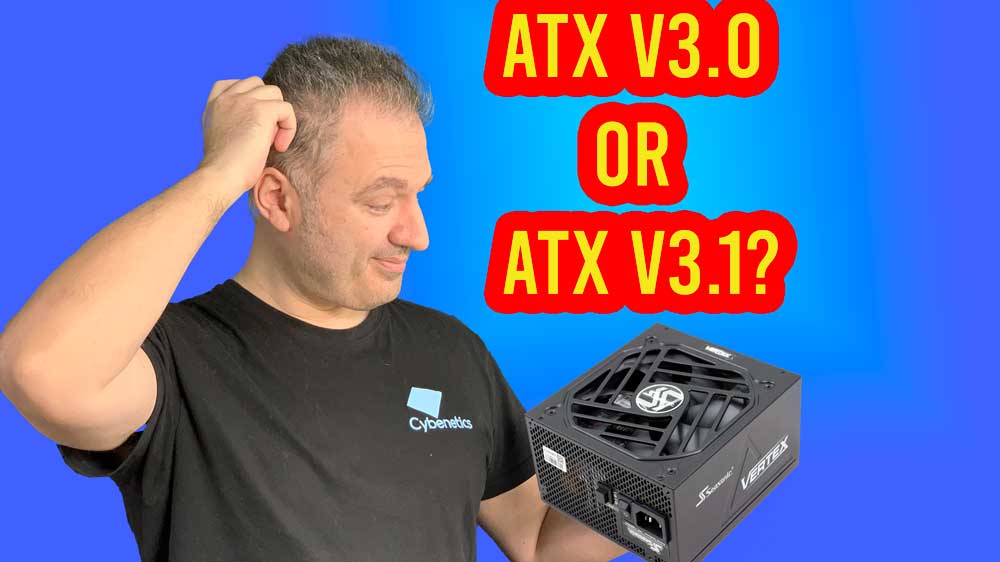
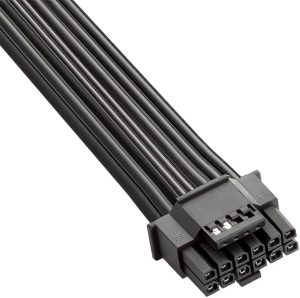

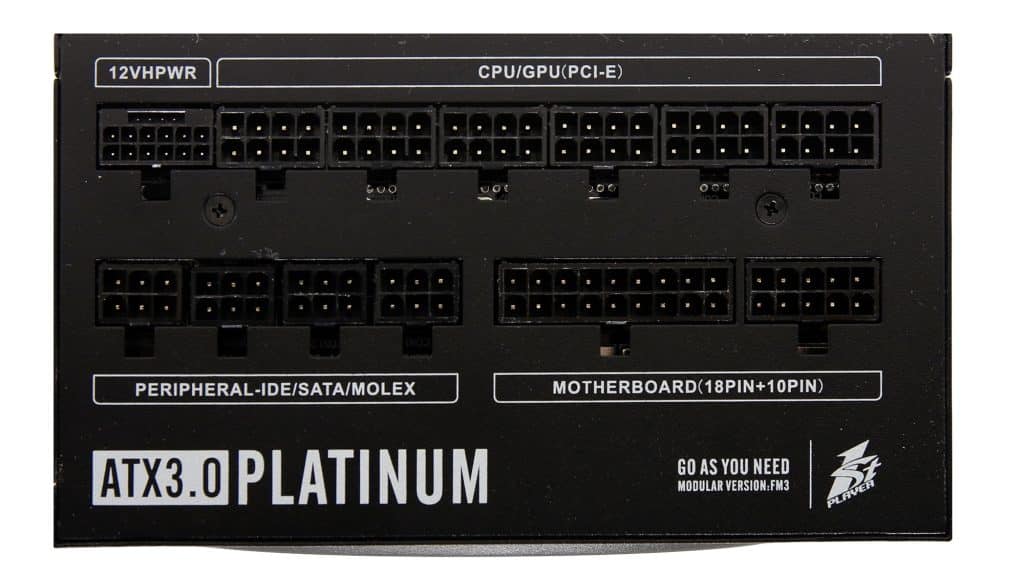
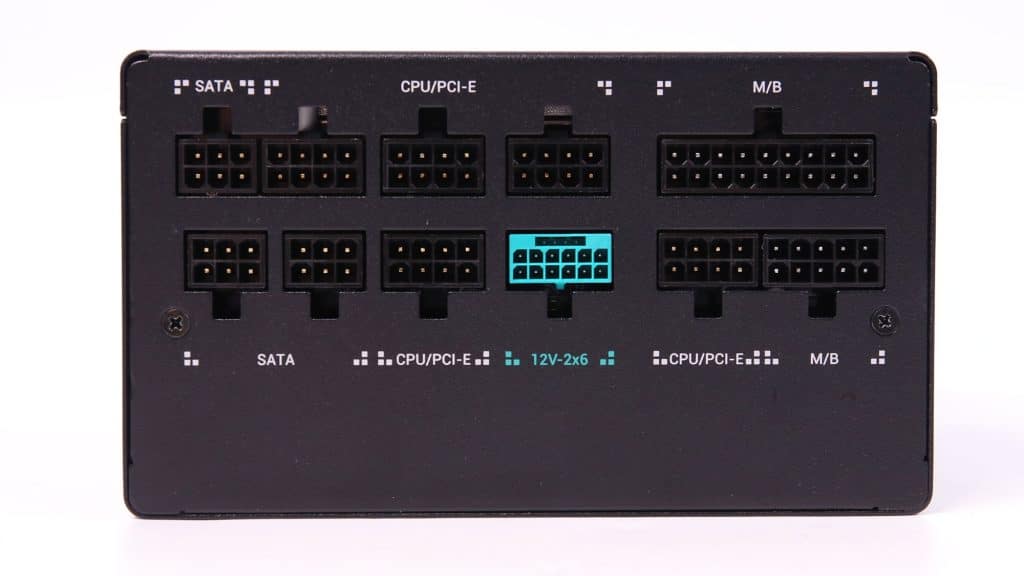

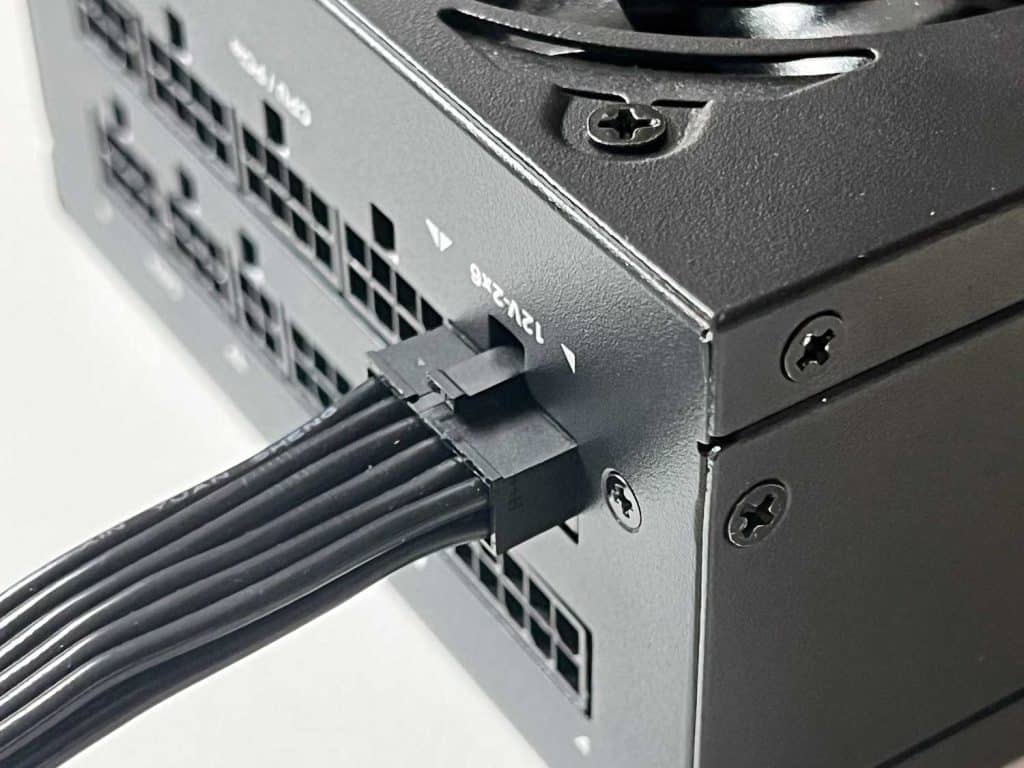

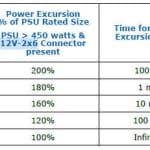

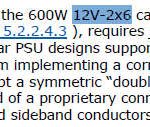
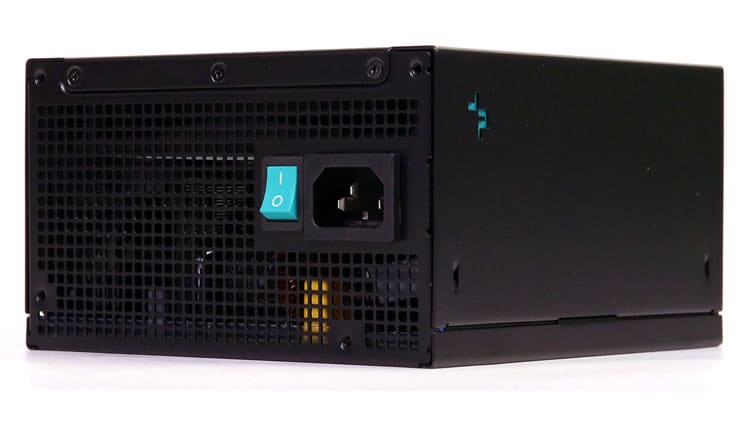
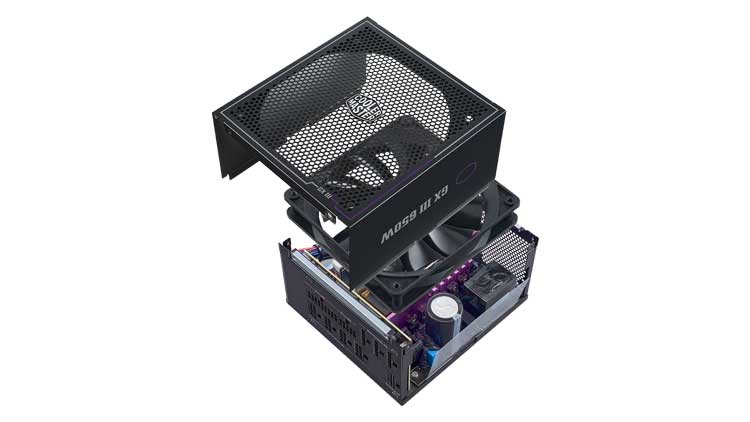
After reading the “Will my ATX v3.0 PSU or my GPU be compatible with 12V-2×6? Do I need a new cable/PSU/GPU? Everything you need to know!” article I was under the impression that ATX3.0 and ATX 3.1 had slightly different power delivery depending on the sense pins. It sounded like an ATX3.0 PSU would deliver 100-150w to a 12V-2×6 with open-open sense pins, while an ATX3.1 PSU delivers 0w to a 12V-2×6 with open-open sense pins. Am I understanding that correctly?
If so, I’d rather have an ATX3.1 PSU so a partially-seated 12V-2×6 cable isn’t getting 100-150w dumped into it, possibly leading to a melted connector.
If the cable is not fully inserted into the 12V-2×6 socket, it won’t deliver any power. This is because the sense pins won’t be in contact, since they are shorter in the header, unlike 12VHPWR.
Ah, okay, the new cables take up the slack. That’s reassuring, thanks!
Not the cables, the socket. I’ll get it eventually…
Hello Aris!
Wanted to ask you why does Seasonic promote the cable being new, if it stays the same?
https://www.tomshardware.com/pc-components/power-supplies/seasonic-unveils-600w-12v-2×6-gpu-power-cable-upgrade-companys-earlier-atx-30-psus-came-with-older-12vhpwr-cables
Hi! This cable must be by the brand that I visited during my stay in China last year, Linewell. It is of higher quality compared to the previous cable, as Seasonic states, but the fact is that for ATX v3.1 the cable remains the same! The only changes are in the GPU and PSU headers (for the PSU the 12+4 pin header is optional).
Hello aris.
I know it’s not good practice to use cable not from the psu maker itself but does all 12vhpwr cable have the same pin out across PSU makers?
I have an fsp hydro g pro 1000w and the cable that came with it barely bends and might pose a problem whenever I’ll be upgrading to a newer gpu.
if the PSU uses a native 12VHPWR or 12V-2×6 it should!
Her Aris Should i get an rmx shift 850 or seasonic focus gx-850 V3
If the side panel of the shift model suits you better then you go for it.
Would it be okay to use a 12vhpwr cable extension on a native 12vhpwr cable from a ATX 3.1, Pcie 5.1 psu?
do not use extensions on this cable please. It is dangerous. Get a longer native cable.
Hi, I have bought MSI PSU MEG AI1300P. Should I buy if there will be coming 12×6 cable from msi?
You bought it already, yes? The cable remains the same in 12V-2×6.